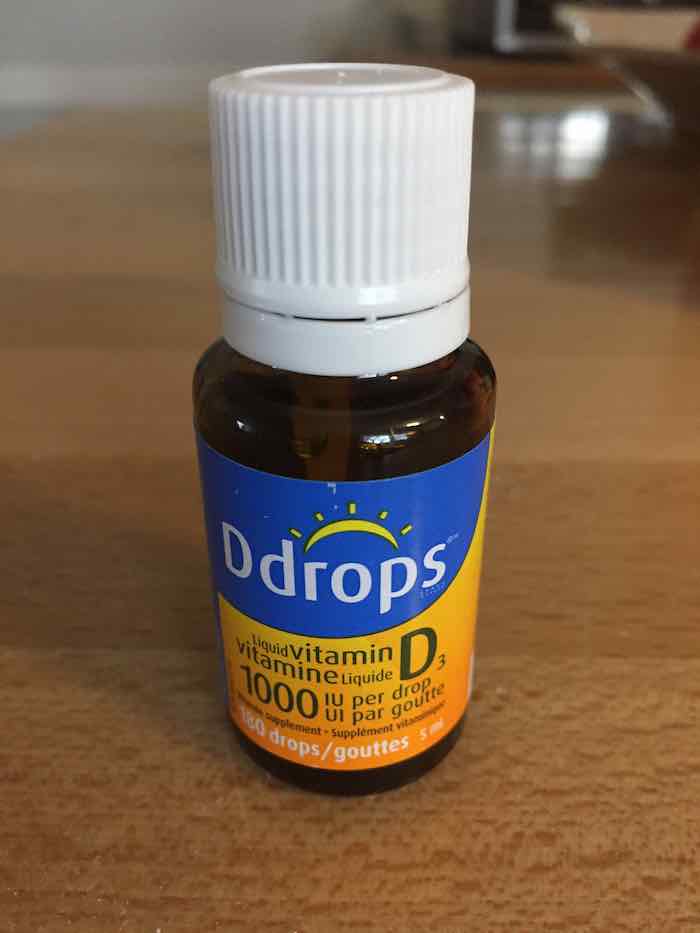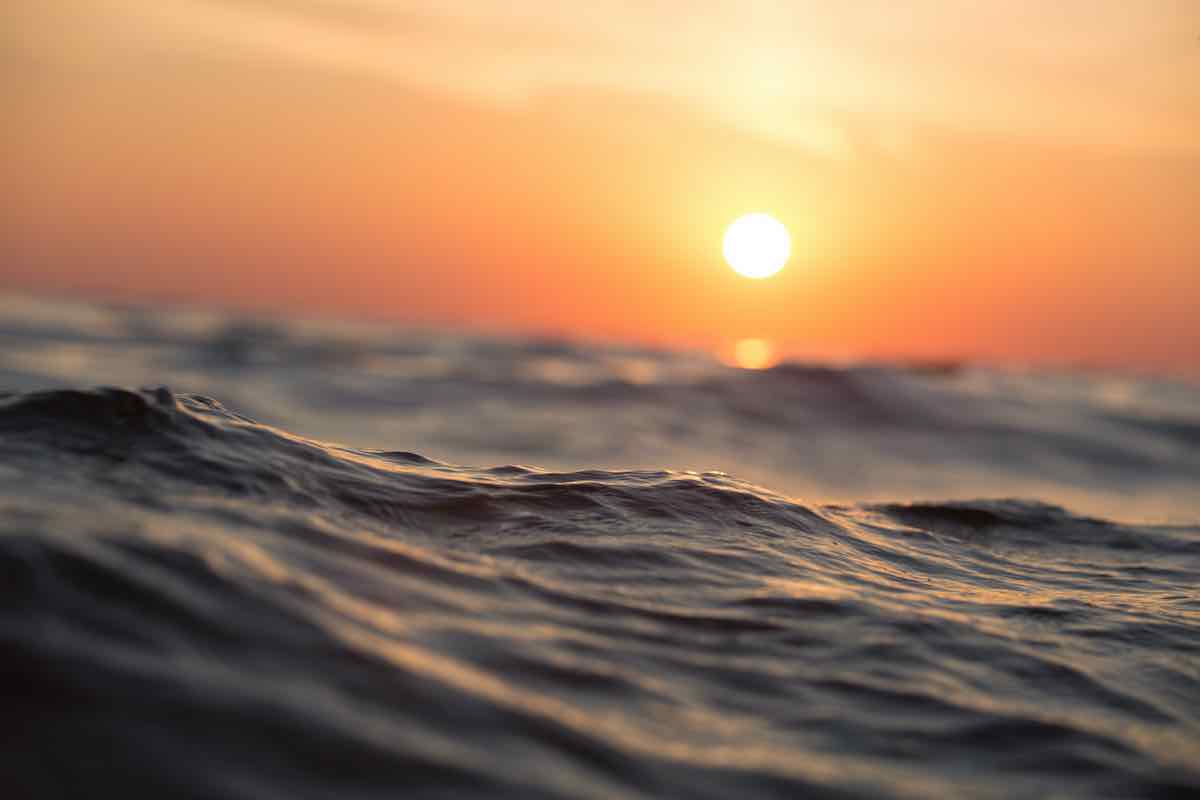Vitamin D and hair loss: Exploring the link
Vitamin D is one of those nutrients that very few people had heard of until recent years. Now it’s a popular topic – including the link between Vitamin D deficiency and hair loss, particularly in women.
 Very generally – the lower your Vitamin D levels, the greater the hair loss you are likely to be experiencing. Vitamin D deficiencies are most commonly seen in women who are experiencing female pattern baldness – thinning at the crown – and those who have alopecia areata (patches of hair loss).
Very generally – the lower your Vitamin D levels, the greater the hair loss you are likely to be experiencing. Vitamin D deficiencies are most commonly seen in women who are experiencing female pattern baldness – thinning at the crown – and those who have alopecia areata (patches of hair loss).
Generally, if inadequate Vitamin D is the cause of your hair loss, Vitamin D supplementation should show results within a few weeks. Anecdotal evidence suggests that higher Vitamin D levels encourage faster hair growth, another added bonus.
How Common Is Vitamin D Deficiency As a Cause of Hair Loss?
Vitamin D deficiency is actually pretty common, with 1 in every 7 people having inadequate amounts of Vitamin D. Experts suggest that in the United States, 35% of women and 25% of men are Vitamin D deficient. Vitamin D deficiency and hair loss are commonly link, with other symptoms of deficiency including depression, fatigue, back and muscle pain, bone loss and general weakness.
If you are overweight, have dark skin, are elderly or use sunscreen religiously, you are more likely to experience a Vitamin D deficiency. People of Hispanic or African-American descent are at higher risk of Vitamin D deficiency, and the use of sunscreen cuts Vitamin D absorption by 95%.
What Does Vitamin D Do?
Vitamin D has a very important role to play in how your body functions. All of our cells have Vitamin D receptors, which means Vitamin D levels have a direct impact on how well our body can perform many common functions. Without adequate Vitamin D, the Vitamin D receptors in hair follicles that help trigger new hair growth don’t function properly, and result in hair thinning as well as other symptoms.
How to Raise Your Vitamin D Levels
Vitamin D is found in three main sources – exposure to the sun that isn’t impeded by sunscreen, your diet (Vitamin D is found in fish, is often added to dairy products and can sometimes be added to orange juice) and Vitamin D3 supplements (pills or drops).
The standards on appropriate levels of Vitamin D supplements have changed a lot over the years. The general rule of thumb is to not exceed 4,000 IU/day for adults. Official guidelines recommend adults (male and female) supplement with 1,500 to 2,000 IU/day. But not everyone agrees with those limits, particularly in cases where you aren’t getting much exposure to sunlight.
 Vitamin D levels are measured through blood tests, and are considered to be inadequate if they are below 30 ng/mL. The ideal range is between 30 to 60 ng/mL, though people can have levels of 100 ng/mL without showing any side effects. Some issues (kidney stones and hypercalcemia) can be seen if your levels are higher than 150 ng/mL, so be forewarned.
Vitamin D levels are measured through blood tests, and are considered to be inadequate if they are below 30 ng/mL. The ideal range is between 30 to 60 ng/mL, though people can have levels of 100 ng/mL without showing any side effects. Some issues (kidney stones and hypercalcemia) can be seen if your levels are higher than 150 ng/mL, so be forewarned.
The addition of a daily, 1,000 IU Vitamin D3 supplement should raise your Vitamin D levels by 10 ng/mL within weeks. I personally take 3,000 IU daily in drop form, and find that amount keeps me in the healthy range for Vitamin D.
But generally speaking, Vitamin D deficiency and hair loss are more likely to occur if your levels fall below 30 ng/mL.
Vitamin D Supplements: How Much is Too Much?
It is possible to get too much of a good thing, though. Constipation, kidney stones, and changes to your normal heart rhythm are possible if you are consuming too much Vitamin D. The risks are relatively low though. You’d have to take more than 10,000 IU of Vitamin D3 every day to see any evidence of toxicity.
A good course of action is to have your doctor order tests for your Vitamin D levels during your annual physical. That will ensure you don’t exceed healthy levels.
Potential Cancer-Fighting Benefits of Vitamin D
If the idea of saving your hair isn’t enough motivation to start taking Vitamin D3 supplements, this might be the encouragement you need to start supplementing. Though the research isn’t yet definitive, initial indications are that people with low levels of Vitamin D are at higher risk of developing breast, ovarian and colon cancer. The authors of one study found that higher levels of Vitamin D were associated with “reduced recurrence and mortality from breast, colon and ovarian cancers.” You can read the full study here.
The researchers suggest that you can reduce your risk of breast cancer by 25% and colon cancer by 27% by achieving the optimal levels of between 40 and 60 ng/mL of Vitamin D.
Other Benefits of Vitamin D
 Other research suggests that taking Vitamin D supplements of 4,000 IU per day can reduce your risk for respiratory tract infections.
Other research suggests that taking Vitamin D supplements of 4,000 IU per day can reduce your risk for respiratory tract infections.
Increasing your levels of Vitamin D can have another side benefit – it helps with the absorption of iron. And since iron deficiency is another leading cause of female hair loss, there might be benefits to supplementation that you hadn’t previously considered.
What does it take to hit the sweet spot of Vitamin D levels? Well, experts suggest that you’d need a combination of sun exposure PLUS a supplement of 2,000 IU every day to achieve the gold standard of a level between 40 and 60 ng/mL.
Dr. Christiane Northrup has a great article on Vitamin D — its anti-cancer benefits, the importance of knowing your Vitamin D levels and ways of increasing them safely and naturally.
A lot of experts are suggesting that Vitamin D is an important weapon in the fight against COVID-19. Recent research suggests that those with low levels of Vitamin D are more likely to have a severe case of COVID than folks with higher Vitamin D levels.


